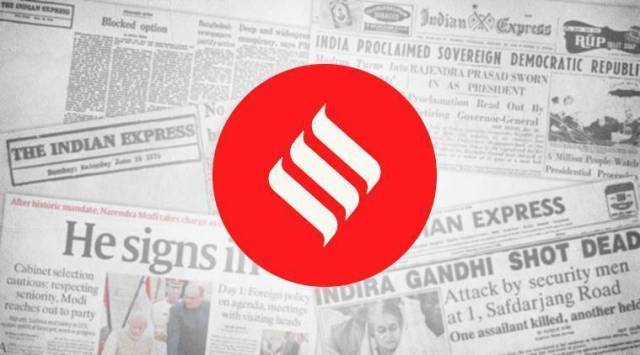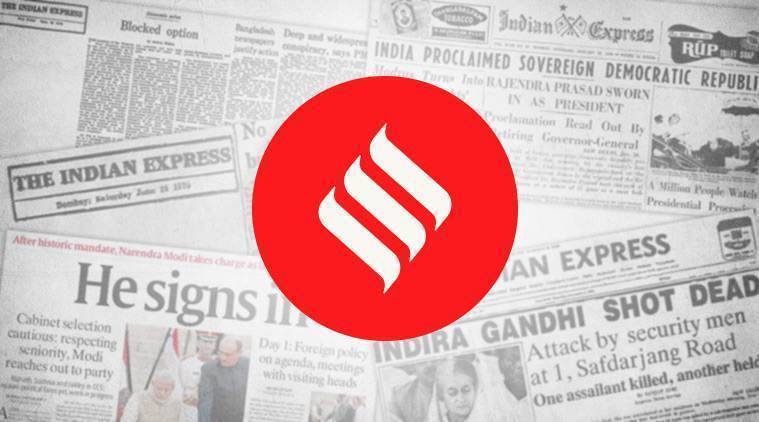Opinion Different strokes
Satish Gujral, who worked across disciplines, was a distinguished presence in India’s art scene
 The government has rightly handed over the case to central agencies, and suspended Sivasankar, pending investigation.
The government has rightly handed over the case to central agencies, and suspended Sivasankar, pending investigation.  Satish Gujral’s life is also an inspirational story of fighting against odds.
Satish Gujral’s life is also an inspirational story of fighting against odds.
Satish Gujral, who died aged 94 in New Delhi on Thursday, was among the last of the generation of post-Independence Indian artists. His work is distinct as it extended to multiple disciplines and his oeuvre includes painting, sculpture, mural, public art and architecture. Among his peers, only M F Husain experimented across so many disciplines and left a unique signature in all of them.
Gujral was born in undivided Punjab, but lived most of his life in New Delhi. The Partition, expectedly, was a signal influence on his life and a deep presence in his early work. Gujral’s development as an artist was in sharp contrast to many others of his generation. While his peers looked to Paris for seeing, learning and training, Gujral chose to train with the radical Mexican muralist, Diego Rivera. Rivera identified himself as a communist and working class politics deeply influenced his art. Gujral did not pursue this ideological course though he engaged with the human tragedy that followed the Partition. Nor did he associate with the Progressives, who were emerging as a significant presence in the Indian art scene. He chose to be on his own and found acceptance in the national capital. New Delhi needed public art and public buildings that reflected its new-found identity as the capital of the Nehru-led non-aligned world. Gujral was ready to experiment and the city was willing to collaborate. The iconic Belgian embassy building in Chanakyapuri is a fine specimen of Gujral’s work from the 1960s and ‘70s.
Gujral’s life is also an inspirational story of fighting against odds. He lost hearing at the age of 8, but found his voice in art. Support from his family insured him against the precarity many artists of his generation faced — his elder brother, Inder Kumar Gujral, a prominent presence in the capital’s political scene, became the Prime Minister of India. But the passion and commitment to art never left him, goading him, till the last, to experiment and create.




